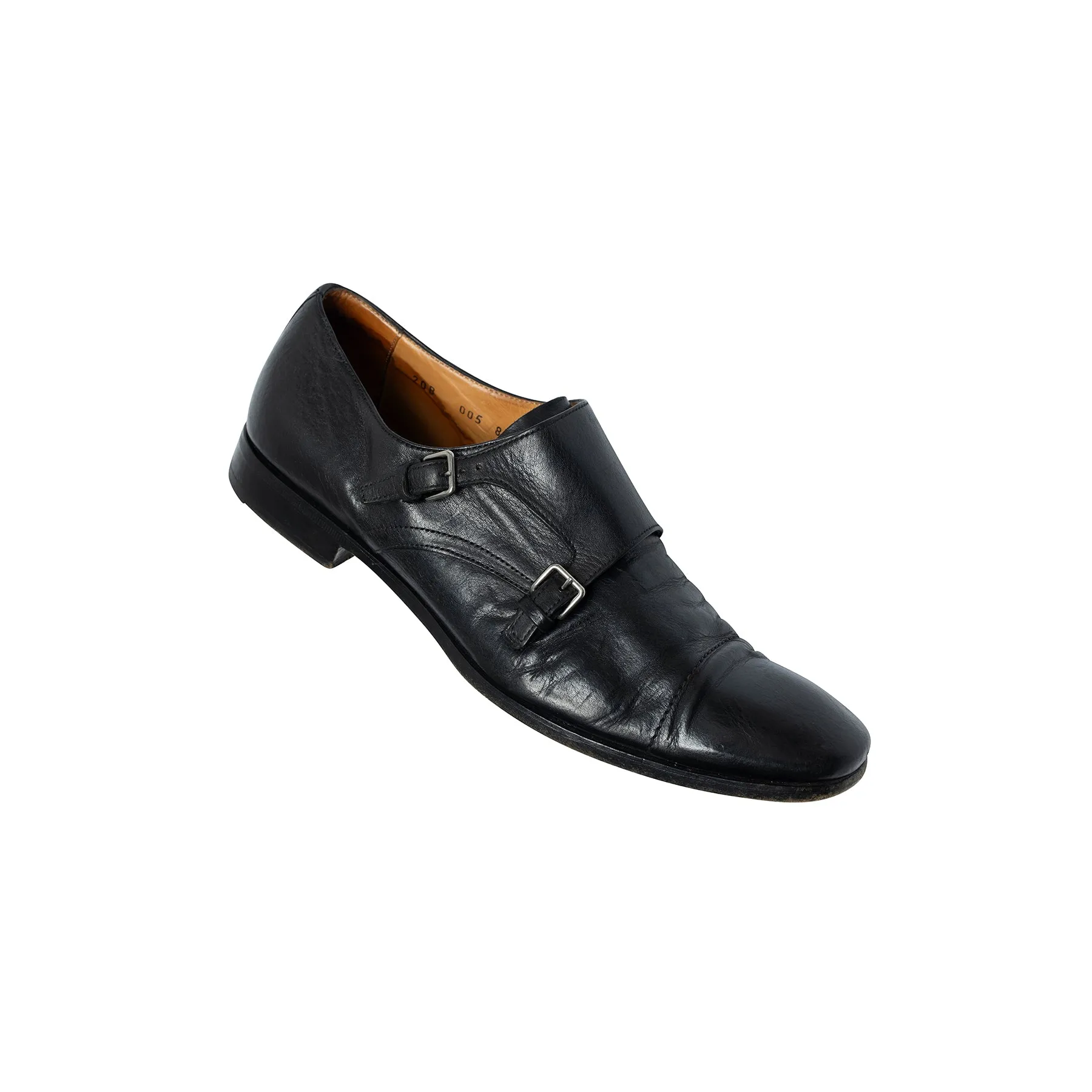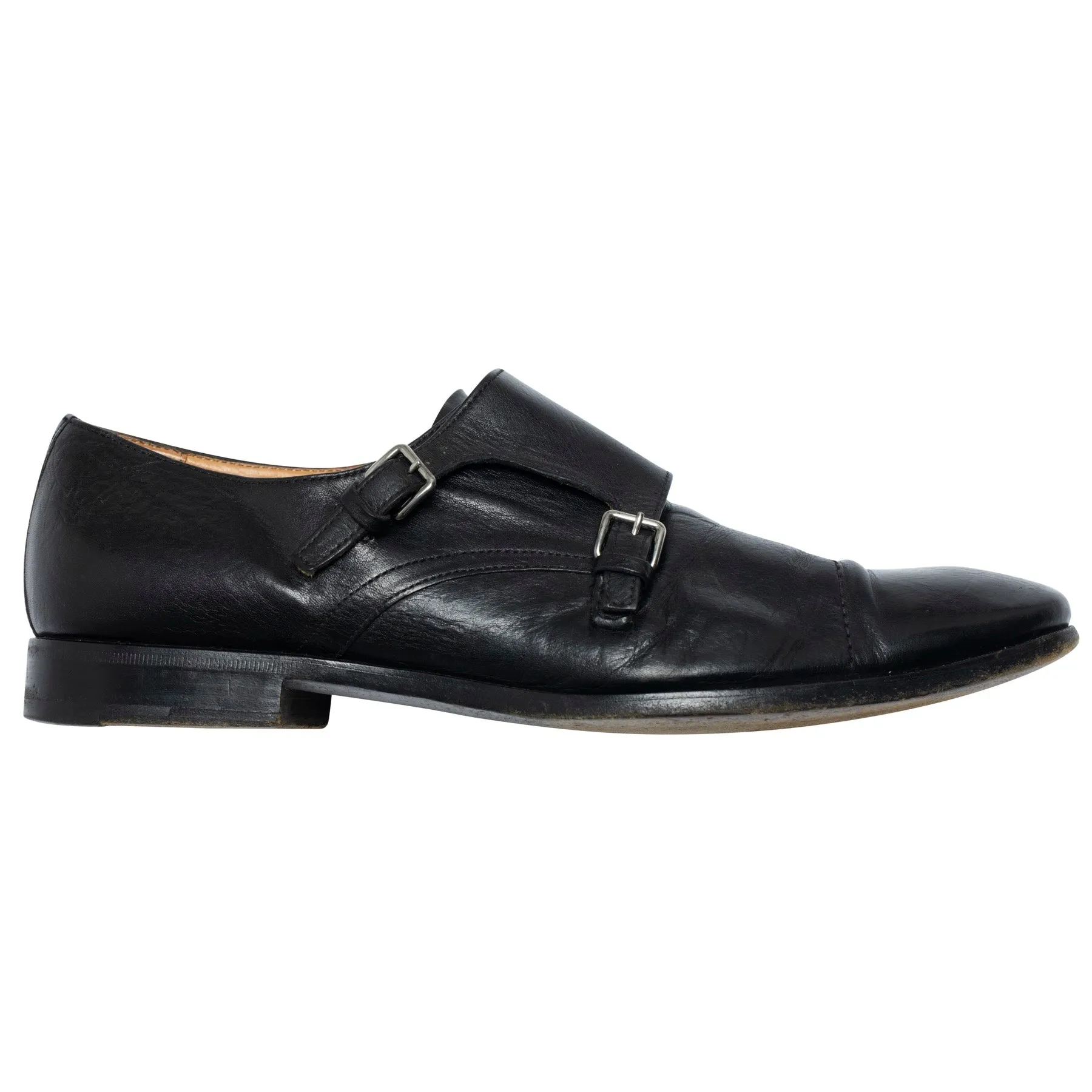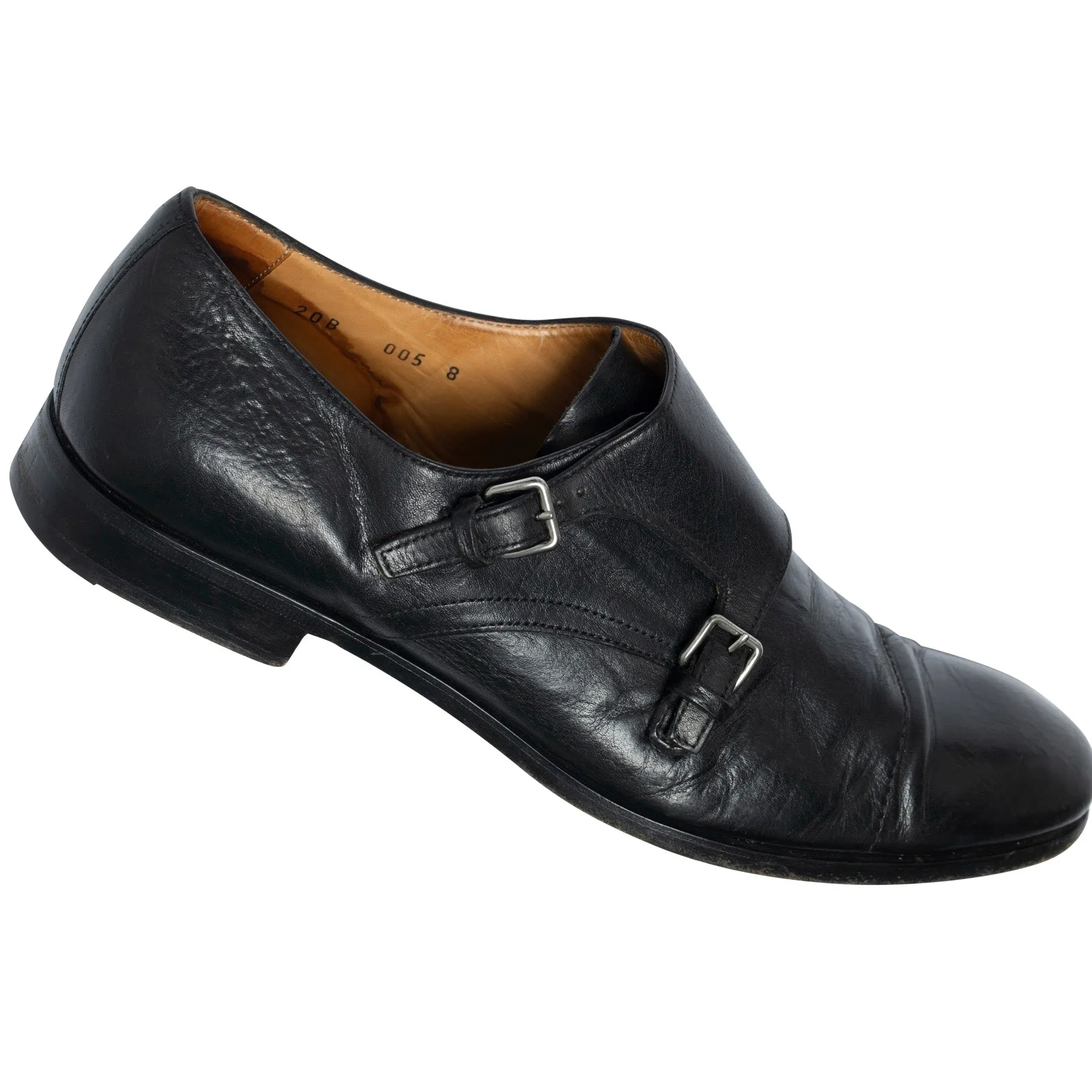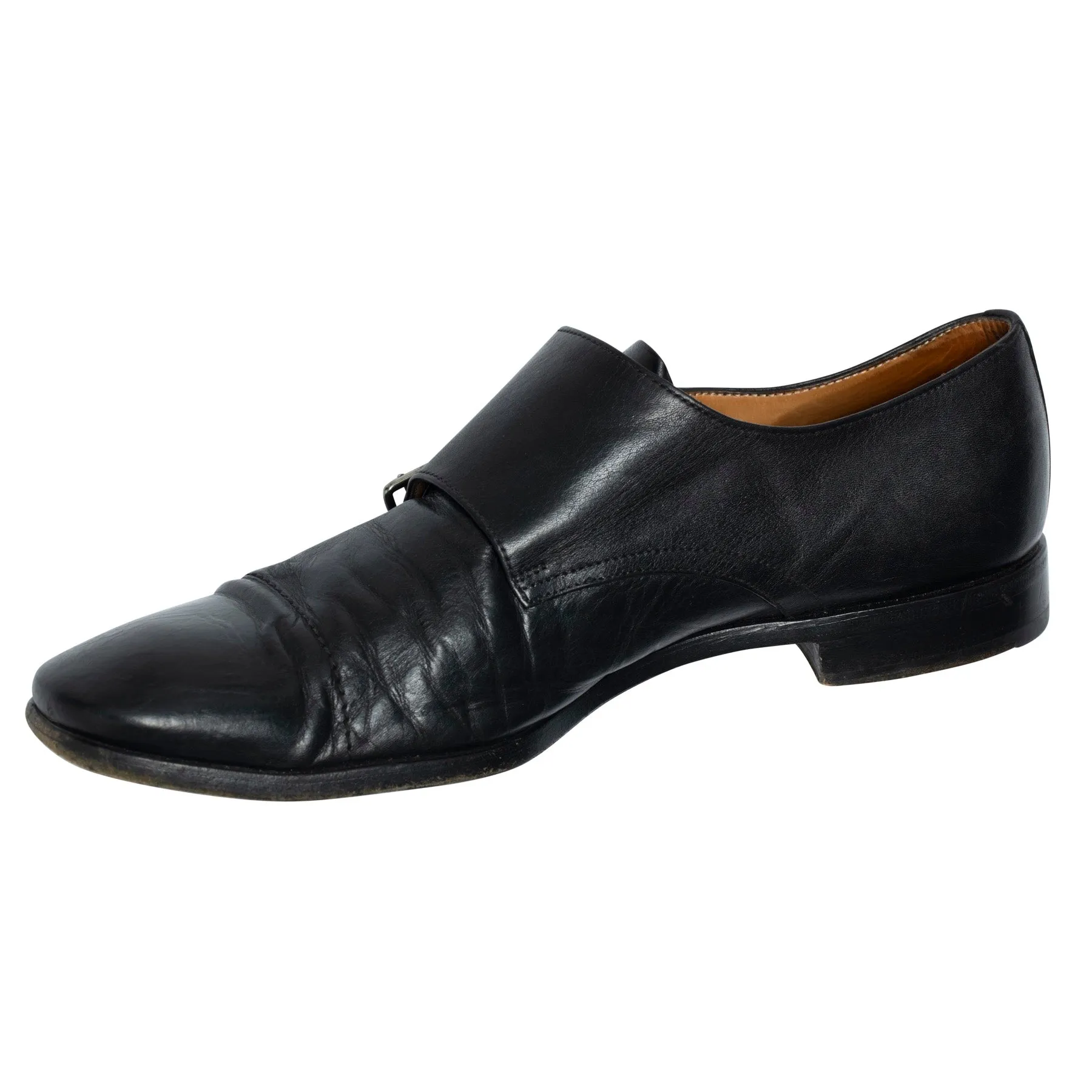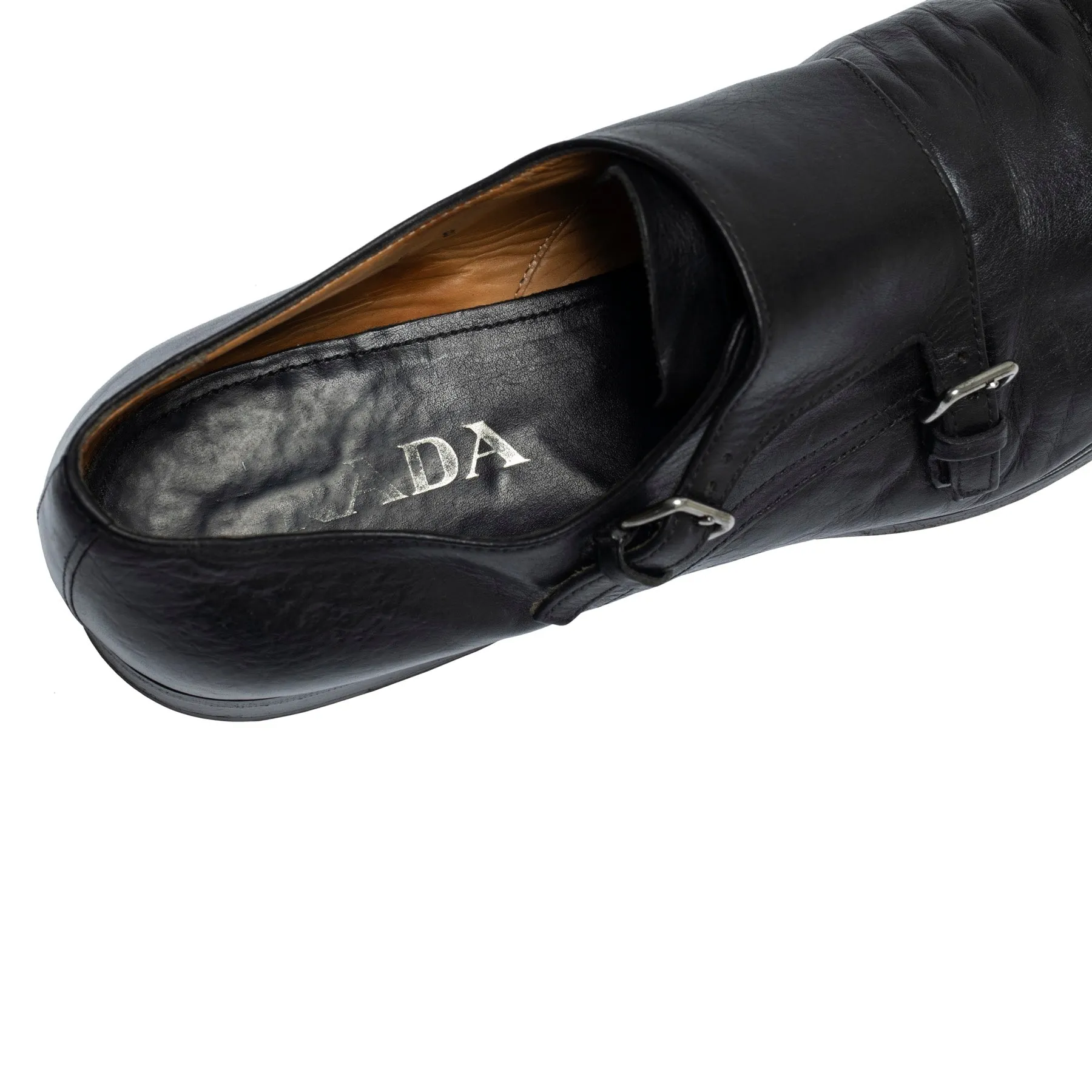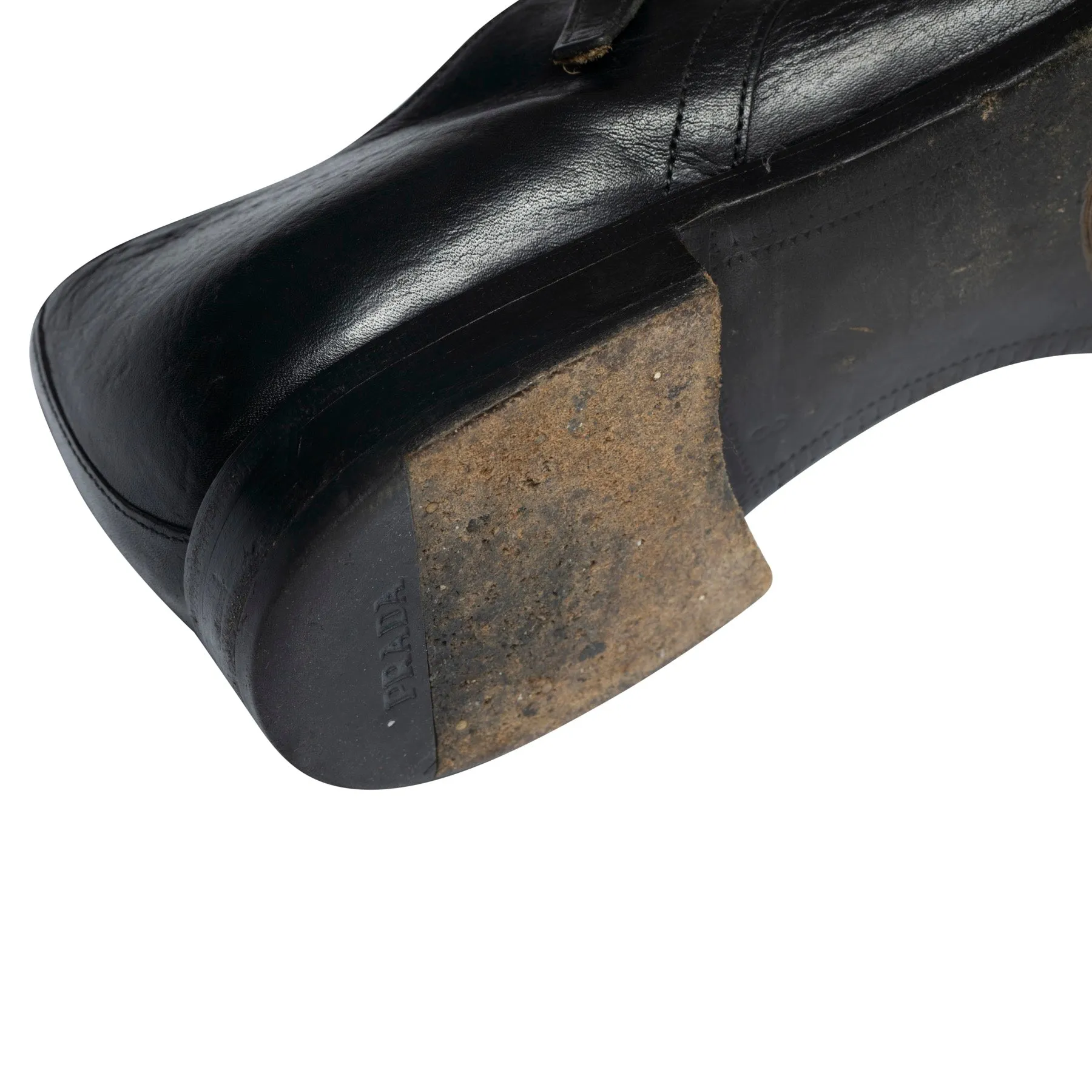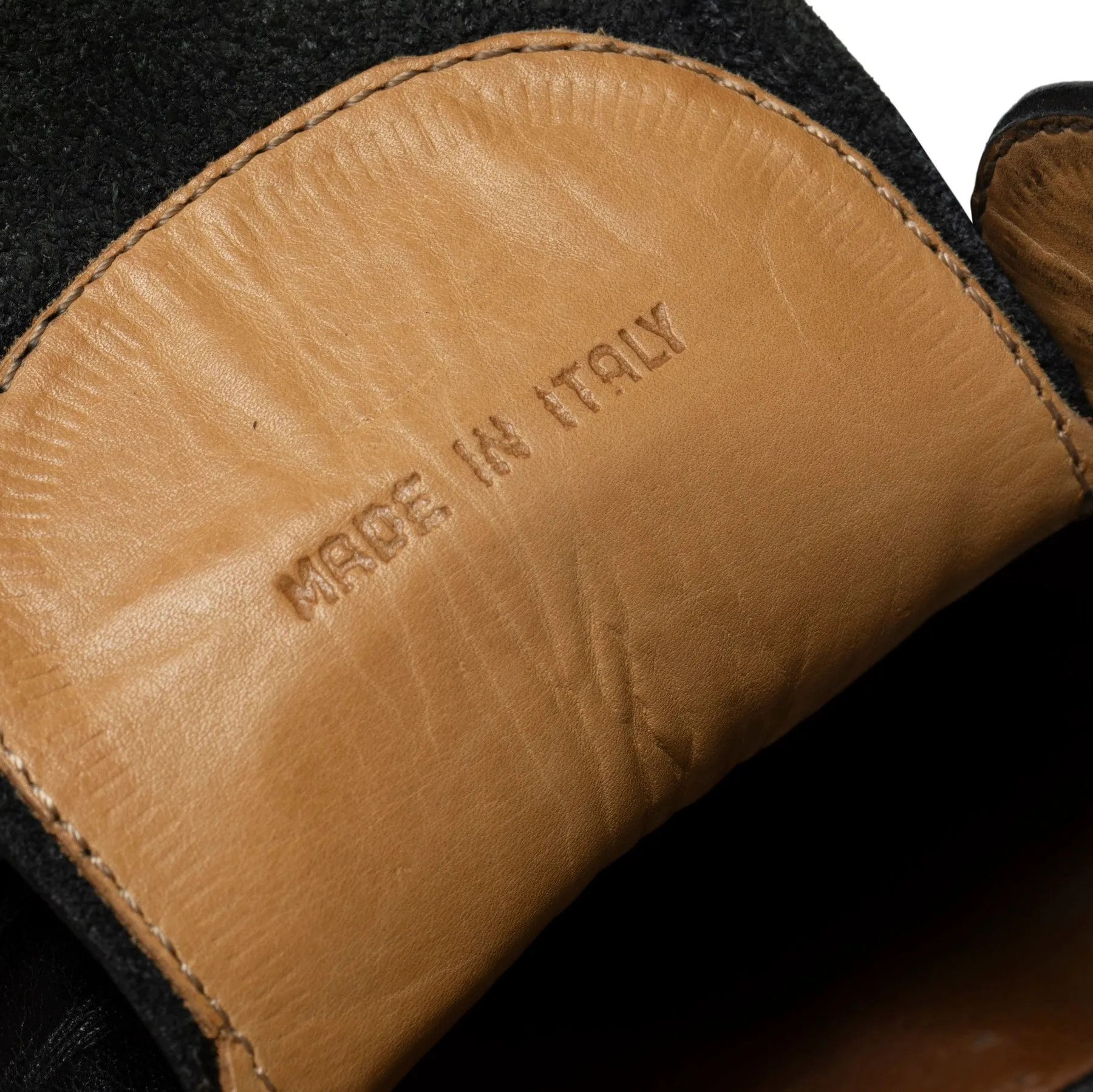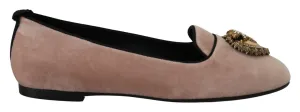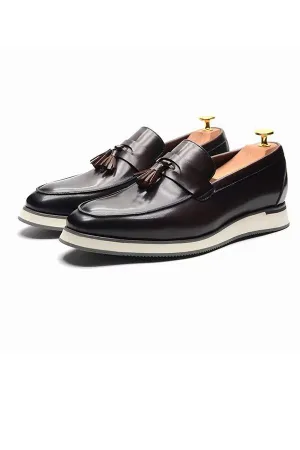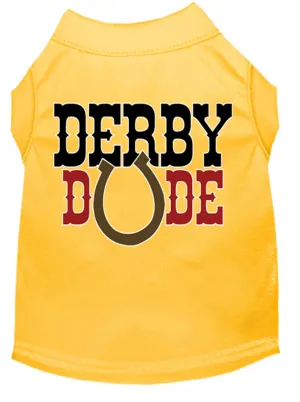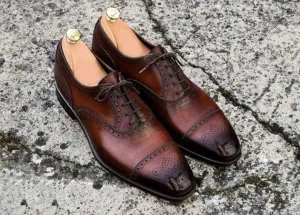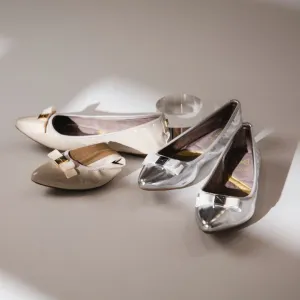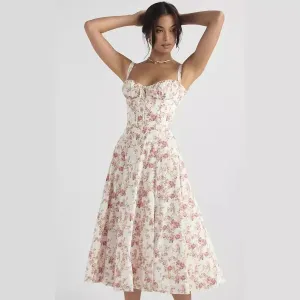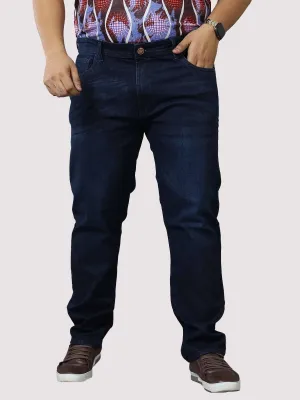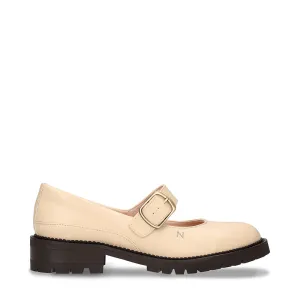Chrome-tanned full-grain calf, sculpted chisel last, and clean cap toe—Prada’s monk shoe channels 2000s revivalism into a shoe of postmodern elegance and structural exactitude.
Prada’s double monk strap exemplifies the brand’s Milanese origin and its evolution from a 1913 leather atelier into one of the world’s most revered arbiters of luxury fashion. Rooted in intellectual minimalism and architectural control, the design demonstrates Prada’s disciplined approach to modern tailoring, where classic forms are subtly reconfigured through ergonomic geometry and proportionally nuanced details. The softly rounded chisel last, seamless vamp curvature, and low-set buckle placement reflect a discreet subversion of orthodoxy—retaining formal integrity while inviting a distinctly postmodern, cosmopolitan elegance. Long recognized for its influential interventions in 1990s and 2000s footwear—particularly within techno-luxury and minimalist formality—Prada has consistently straddled the line between mass industrial precision and artisanal intent. This pair reinforces that dual legacy: while not hand-welted in the English or Hungarian tradition, its construction quality, material refinement, and design language operate several tiers above typical fashion house output. The monk strap itself, having experienced a revival within early-2000s tailoring circles, has been consistently refined by Prada into a symbol of urbane restraint—worn equally across high fashion runways and the wardrobes of discerning executives. The shoe’s classification as a double monk strap is defined by its dual side buckle closures and absence of lacing, with a softly contoured cap toe bridging formality and wearability. The quarters are uninterrupted by facings, and the vamp curves into the buckles with architectural smoothness, enhancing visual length and eliminating ornamental clutter. The result is a shoe positioned for versatility across formal, semi-formal, and tailored casual environments—pairing as naturally with slim wool trousers as with contemporary suiting. Its upper is constructed from full-grain Italian calfskin finished in a semi-aniline coat that maintains the hide’s natural character. The subtle sheen is derived not from wax layering or artificial glossing but from the material’s inherent oil content and tight fiber structure. Chrome-tanned and lightly topcoated, the leather exhibits natural creasing patterns and grain topography—testament to its minimal correction and careful selection. This upper promises graceful aging, tonal evolution, and anatomical conformity with repeated wear, underscoring Prada’s mastery in balancing resilience with elegance. The last is softly sculpted with a rounded chisel toe, avoiding both sharp angularity and excessive bulbousness. Its waist narrows with a natural taper, providing mild midfoot support, while the vamp depth allows for comfortable flexion without gaping. The heel cup is gently contoured for containment and structure, neither aggressively padded nor underbuilt. Collectively, the last design emphasizes anatomical neutrality—wearable sophistication over sculptural extremity. Blake-stitched construction affirms the shoe’s Italian pedigree, yielding a low-profile sole that supports increased foot articulation and lightness. The outsole is stitched directly through the leather insole and lining into the upper, allowing for minimal weight and sleek silhouette, though with reduced water resistance and resoling capacity compared to Goodyear-welted counterparts. The stitching channel on the outsole is clean and subtly recessed, indicating machine-aided precision within artisanal tolerances. The outsole itself is vegetable-tanned leather, sanded for texture and finished with a modest topcoat to balance traction and breathability. The heel stack comprises layered leather with a rubber top lift branded “PRADA,” offering a functional mix of shock absorption and wear resistance. There is no fiddleback shaping or waist beveling, confirming the shoe’s intent as a city-suited formal staple rather than a showcase of benchmade flair. The heel pitch is subtly forward-leaning, enhancing natural gait progression without compromising stability. Internally, the insole is covered in smooth full-grain calf, with limited foam interlayers to preserve interior sleekness. The lining, a naturally tanned vegetable calf, is breathable and antimicrobial—superior to synthetic alternatives in regulating temperature and moisture. Heel counter padding is minimal but strategic, affording step-in comfort without bulk. No fiberboard or synthetic components disrupt the organic consistency of interior materials, contributing to longevity and internal hygiene. The stitching throughout the upper is tight, uniform, and consistently spaced at approximately 8 SPI. Cap toe alignment is exacting, and seam placements are symmetrical across the left and right shoes. The topline piping is executed with precise wheeling, and strap reinforcements are stitched with calibrated tension to endure stress at buckle anchor points. Edge finishing exhibits clean folding and stitch-down—no raw cuts or machine overrun—reinforcing the integrity of construction. Quarters are fashioned from a single leather panel that merges fluidly into the buckle straps, producing an uninterrupted surface across the medial and lateral axes. The vamp, largely unbroken save for the cap toe seam, elongates the visual plane and projects subtle formality. Seam allowances are tightly trimmed, and the grain is methodically aligned between panels, ensuring a consistent reflectivity and finish under varied lighting. This level of pattern matching is indicative of precision in both hide selection and upper assembly. The toe cap is lightly structured with celastic or compressed leatherboard—providing silhouette definition without rigidity. The flexibility of the toe box confirms minimal reinforcement, aligning with the shoe’s emphasis on comfort and natural break-in. The form holds under movement but avoids the rigid, armor-like sensation found in more heavily stiffened dress shoes. Hardware is slender, matte-finished silver, discreetly integrated into the side straps. The buckles are mounted on rolled-edge leather straps stitched into the quarter seams, with punch spacing and alignment optimized for volume adjustment. The placement tracks with foot curvature, ensuring even pressure distribution and a refined appearance. Hardware avoids flash or bulk, remaining consistent with Prada’s minimal ethos. Finishing is executed with restraint. The semi-aniline upper exhibits light tonal variation from factory hand-buffing, but there is no excessive wax buildup, antiquing, or burnishing. This leaves the surface matte-lustrous—subtle and deliberately non-theatrical. There is no glassing or mirror polishing, maintaining the integrity of the leather’s breathability and tactile richness. Decorative restraint defines the aesthetic. Aside from the double buckle and single cap toe seam, there are no brogues, pinking, or ornamental features. Visual interest derives from proportion, curve, and surface interplay rather than embellishment. The structural elements—the soft arc of the strap, the tapered topline, the clean edge finish—double as visual accents. The result is formalwear made architectural, with elegance articulated through absence. Heel construction is quietly supportive, with a medium-height cup, internal leather reinforcement, and a gently rolled collar edge. There is no exaggerated padding, and no foam inserts distract from the sleek profile. The topline curves with anatomical subtlety, maintaining continuity between external silhouette and internal fit. Arch support is moderate, provided through a natural waist taper and likely supported by a slim internal shank—possibly leather or steel—embedded between outsole and insole. The arch contour conforms to light pronation control, sufficient for daily wear in formal contexts, though not orthopedic. The sole exhibits mild longitudinal rigidity—enough to prevent collapse without inhibiting forefoot articulation. This model traces its stylistic lineage to the early 2000s monk strap resurgence—a period when Italian tailoring intersected with minimalist design in redefining men’s formal footwear. Prada’s interventions during that era were pivotal, helping reposition the monk strap from novelty to mainstay within high-fashion tailoring. The softened contours and low-set buckles also echo late-1950s English bespoke, now stripped of aristocratic formality and filtered through Prada’s postmodern architectural lens. Conceptually, the shoe embodies Prada’s ongoing project of formal subversion: retaining historical silhouette while minimizing every ornamental cue, privileging form, proportion, and surface over decorative tradition. The result is not a rejection of heritage, but a reengineering of it—Edwardian formality reimagined through the cool logic of post-industrial restraint. Within the contemporary fashion landscape, this double monk remains highly relevant—anchored by its versatility and refined neutrality. It transitions seamlessly across formalwear contexts and into tailored casualwear, retaining luxury presence without overt branding or novelty. While the market pivots cyclically toward sneaker hybrids or heavier silhouettes, this model maintains its place as a sartorial constant: timeless, adaptable, and intellectually resolved. As a commercial product, it occupies the upper stratum of fashion-driven formalwear—well above most designer peers in execution, though just below traditional benchmade houses in welted heritage. Its market viability remains strong across luxury department floors, tailoring ateliers, and formalwear retailers, cementing its status as a modern Italian staple for the informed dresser.
EU 42.5 ≈ US 9.5




